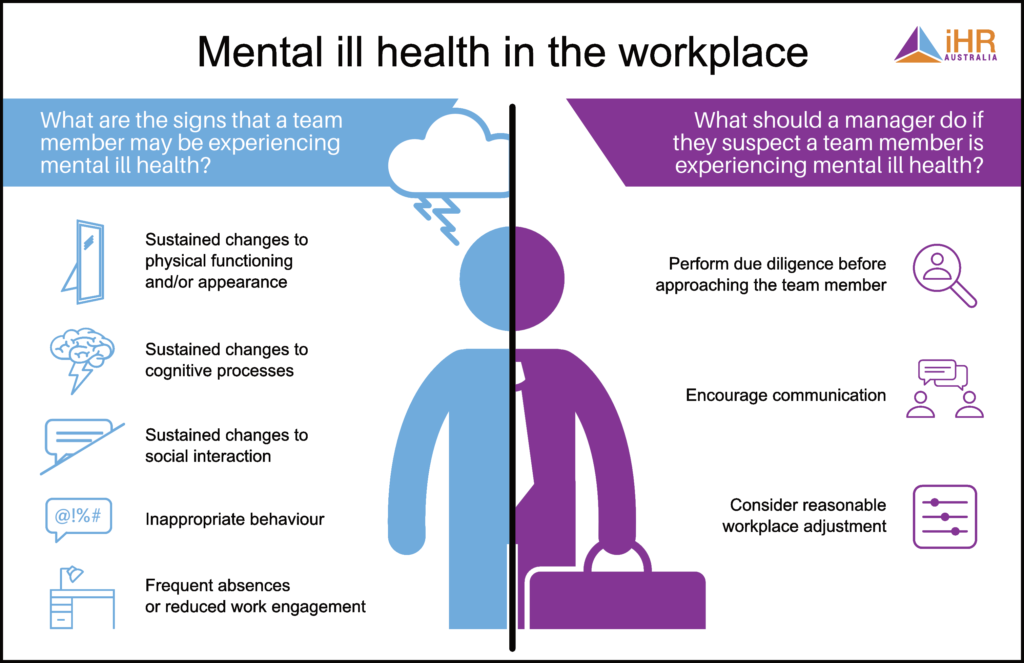* Breaking the Silence Understanding and Addressing Mental Health issues *
Mental health issues have become a pressing concern encyclopedia ally, affecting individualizes from all walks of life. The World Health Organization( WHO) estimates that over 1 billion people worldwide suffer from internal health diseases, with depression and anxiety being the most common. Despite its frequency, internal health remains shrouded in smirch, precluding numerous from seeking help.
* Types of Mental Health Issues *
1. * Depression * Characterized by patient passions of sadness, foreignness, and loss of interest in conditioning.
2. * Anxiety diseases * inordinate solicitude, fear, or anxiety that interferes with diurnal life.
3. *Post-Traumatic Stress complaint( PTSD) * Developed after passing traumatic events.
4. * Bipolar complaint * Mood swings between mania and depression.
5. * Schizophrenia * A habitual condition affecting study, emotion, and get
.
* Causes and threat Factors *
1. * Genetics * Family history plays a significant part.
2. * Environmental Factors * Trauma, abuse, or significant life changes.
3. * Social Factors * Social insulation, lack of support.
4. * Physical Health * habitual illness, pain, or substance abuse.
* Symptoms and Warning Signs *
1. * Mood Changes * patient sadness, perversity, or mood swings.
2. * Changes in Behavior * Withdrawal, agitation, or reckless West
3. * Cognitive Impairment * Difficulty concentrating, memory loss.
4. * Physical Symptoms * Headaches, stomach problems, or sleep disturbances.
* Breaking the Stigma *
1. * Education * Understanding internal health issues and their impact.
2. * Open discussion * Encouraging dialogue and empathy.
3. * Support Networks * structure strong connections and communities.
4. * Seeking Help * penetrating professional treatment and coffers.
The Impact of Mental Health Issues
Mental health issues can have profound effects not only on individuals but also on families, workplaces, and communities. The consequences can include:
1. Personal Challenges
Individuals may experience decreased quality of life, strained relationships, and difficulties at work or school. The inability to manage daily tasks can lead to a cycle of worsening symptoms.
2. Economic Costs

Mental health issues are associated with significant economic costs, including healthcare expenses and lost productivity. According to the World Health Organization, depression and anxiety disorders alone cost the global economy approximately $1 trillion each year in lost productivity.
3. Social Stigma
Stigmatization of mental health issues can prevent individuals from seeking help. Misunderstandings and stereotypes perpetuate a culture of silence, making it harder for those affected to speak openly about their experiences.
Seeking Help: Treatment and Support
Addressing mental health issues requires a comprehensive approach, including professional help, self-care, and community support.
1. Therapy and Counseling
Therapy can provide a safe space for individuals to explore their feelings and develop coping strategies. Types of therapy include cognitive-behavioral therapy (CBT), dialectical behavior therapy (DBT), and psychodynamic therapy. Choosing the right therapist and approach is vital for effective treatment.
2. Medication
In some cases, medication may be prescribed to help manage symptoms. Antidepressants, anti-anxiety medications, and mood stabilizers are common options. Medication should always be managed by a healthcare professional to ensure safety and effectiveness.
3. Support Groups
Support groups offer a space for individuals to share experiences and find encouragement from others facing similar challenges. These groups can reduce feelings of isolation and provide valuable insights.
4. Self-Care Strategies
Practicing self-care is essential for maintaining mental health. Strategies include regular exercise, a balanced diet, mindfulness practices, and maintaining strong social connections. Setting realistic goals and prioritizing activities that bring joy can also improve overall well-being.
Conclusion
Mental health issues are real, common, and treatable. By understanding the causes, symptoms, and threat factors, we can break the silence girding internal health. Encourage open exchanges, support those affected, and seek help when demanded. Together, we can produce a society that prioritizes internal well-being and promotes a healthier, happier life for all.
As we prioritize mental health alongside physical health, we can create a society that values well-being and empowers individuals to live fulfilling lives. Whether through professional support or self-care practices, addressing mental health issues is essential for fostering resilience and promoting a brighter future for all.

